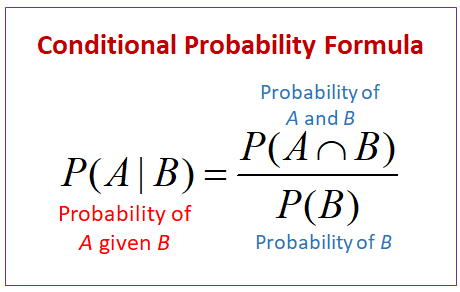“A couple has five young children. Given that at least one of the children is a girl, what is the probability that exactly three of the five children are girls?”
The given solution was to use the choice method for the total permutations, assuming 2^5 (_ _ _ _ _ with 2 choices - Boy or girl- for each) = 32 total outcomes, and then to subtract the BBBBB case = 31 → this becomes the denominator for the probability.
When are we able to use this approach vs having to do the (1/2)^5 for each blank - is that just when the probabilities are equal like for Boy/Girl?
